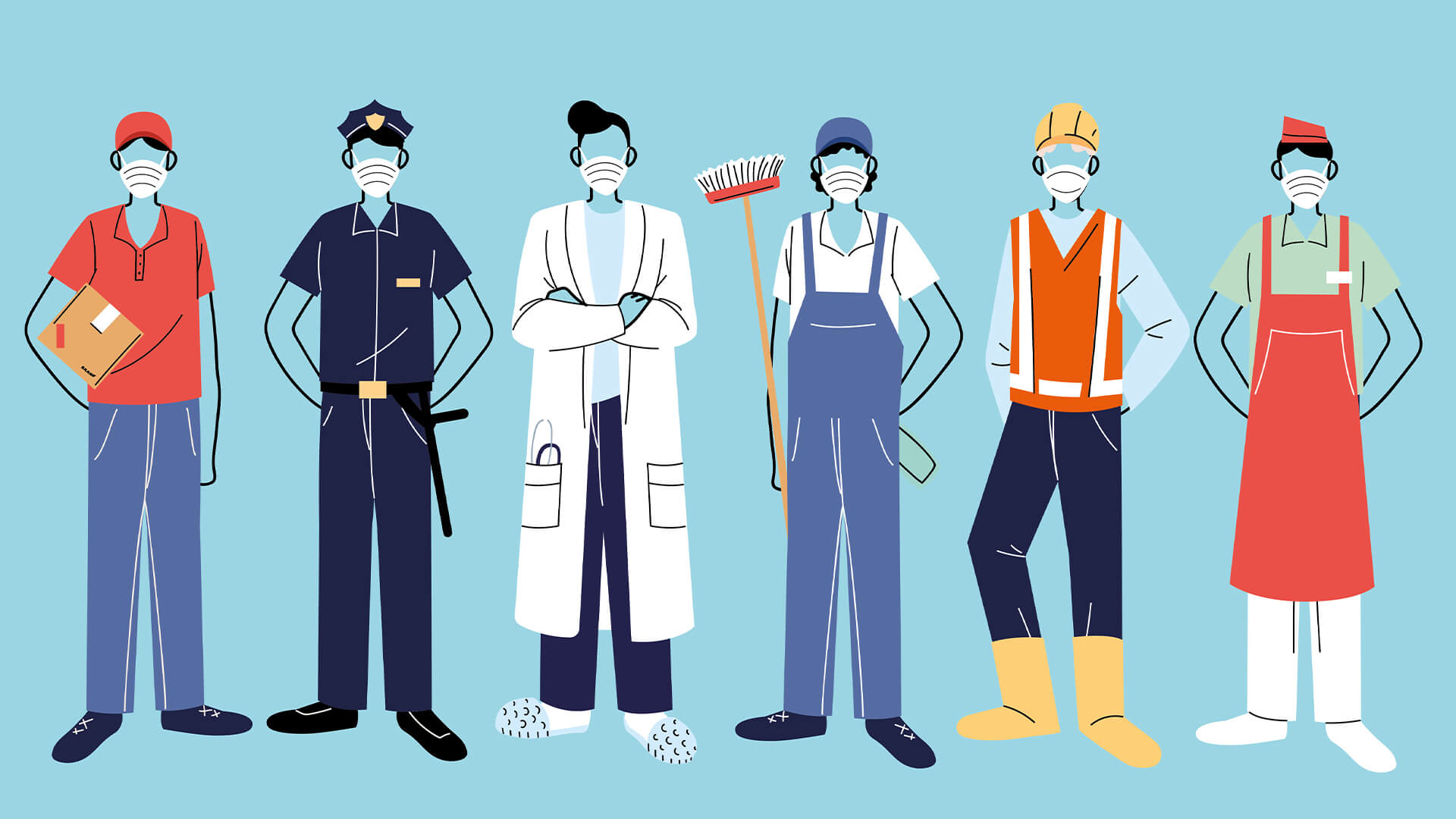- Released report reveals trends that businesses need to address to align business outcomes with employee well-being and growth, amid economic and pandemic uncertainty.
- Microsoft announced new joint offerings with industry partners as well as capabilities specifically to empower frontline workers.
Microsoft Corp. released a Work Trend Index Special Report, “Technology Can Help Unlock a New Future for Frontline Workers,” and announced new features in Microsoft Teams and Microsoft Viva designed to serve millions of frontline workers.
The 2 billion frontline workers worldwide represent 80% of the global workforce, with 88% of organizations employing people in frontline roles. Increasingly, companies are investing in digital tools for frontline workers to modernize workflows, enhance job performance, and improve workplace culture and communication. Microsoft has seen 400% growth in monthly active usage of its Teams collaboration platform among frontline workers since March 2020.
The Work Trend Index report reveals key insights that impact nearly every segment of the workforce:
- A culture of caring is the new currency on the frontline: 76% of workers feel bonded to each other, yet over 60% say their company should better prioritize culture and communication from the top. In addition, 51% of those in nonmanagement positions on the frontline don’t feel valued as employees – in Australia, India and Japan, this figure is 52%, 23% and 75% respectively.
- Frontline workers are at an inflection point: Amid the Great Reshuffle, frontline workers cite better pay and benefits, work-life balance, and flexibility as reasons for considering a job change. Skills development is also an important factor for frontline workers in India.
- Optimism for tech is high: 63% of frontline workers are excited about the job opportunities tech creates and tech ranks third on the list of factors workers say could help reduce workplace stress. In Asia:
- Frontline workers in Australia look to tech to help them with scheduling of team members (33%), onboarding new team members (32%), and disconnecting outside of work (30%).
- In India, frontline workers are looking to tech to help them with team usage of VR/AR (52%), real-time updates (51%), scheduling of team members (51%), managing schedules (51%), and outside communication (51%).
- In Japan, frontline workers look to tech to help them with automating repetitive tasks (23%), onboarding new team members (20%), scheduling of team members (19%), fewer applications (19%), and less device usage (19%).
- There’s an opportunity to bridge the tech and training gap: 46% of frontline workers feel pressure to adapt to new tech or fear losing their jobs — but 55% say they’ve had to learn new tech on the fly, with no formal training or practice. In Asia, this number is 51% for Australia, 56% for India, and 66% for Japan.
Today, the company is introducing new joint offerings with industry partners as well as capabilities specifically designed to support frontline workers in Teams and Viva, Microsoft’s employee experience platform introduced in early 2021.
- Microsoft is deepening its strategic relationship with Zebra Technologies Corp., a world leader in innovative digital solutions, including software and hardware such as rugged Android mobile computers for the frontline workforce. The two companies are delivering the Teams Walkie Talkie app on a wide range of Zebra mobile computers, including a dedicated push-to-talk (PTT) button to access Teams Walkie Talkie functionality on Zebra devices. In addition, Teams Walkie Talkie digital PTT is now available on all iOS mobile devices in addition to Android.
- Microsoft is enhancing Teams’ integration with Zebra Reflexis™, which connects the Reflexis Workforce Management solutions with the Shifts application in Teams. This new integration streamlines shift scheduling and time off requests in Teams, making them easy for managers to approve.
- Scheduled queuing for virtual appointments are now available in Teams, providing one location for real-time updates on wait times, missed appointments and staffing delays to create a transparent and stress-free experience for customers and patients.
- The Viva Connections app in Microsoft Teams links frontline workers to company culture, resources and tools, news and employee resource groups in the flow of work. Integrations with strategic partners such as Workday and Espressive make accessing important resources easier and put actions like payroll and HR resources in one location.
- The Viva Learning app enables frontline employees to discover, share and track learning content right from Microsoft Teams — making it easier for a company’s entire workforce to stay up to date on required and recommended training. New updates make it easier to assign learning from partner solutions like SAP SuccessFactors, Cornerstone OnDemand and Saba Cloud. And partnerships with learning providers like EdCast and OpenSesame enable an extensive content library to help frontline workers upskill and train with relevant learning content in the flow of work.
- For IT, improved device management helps ensure that misplaced shared devices can be easily secured and located.
“It’s no secret that the pandemic is reshaping work for all workers, and at a faster pace than we have ever seen,” said Emma Williams, corporate vice president, Microsoft. “Empowering frontline workers remains essential for digital transformation. Together with our partners, we’re equipping frontline workers with tools that allow them to stay connected with their team and company leadership while concentrating on the customer or job at hand. If done well, we believe technology can modernize workflows and enhance job performance while also improving workplace culture and communication.”
In addition, on Feb. 1, Microsoft Cloud for Retail will be generally available. Microsoft Cloud for Retail accelerates business growth by providing trusted retail industry solutions that integrate with retailers’ existing systems. It starts by unifying disparate data sources across the end-to-end shopper journey, allowing retailers to maximize the value of their data, resulting in one holistic view of the consumer. Once connected, data and AI help retailers better understand and elevate the consumer shopping experience. In providing more relevant and streamlined experiences throughout the retail value chain, retailers can build a real-time sustainable supply chain. The solution also includes the Teams and Viva capabilities announced today, all working toward empowering store associates.




























